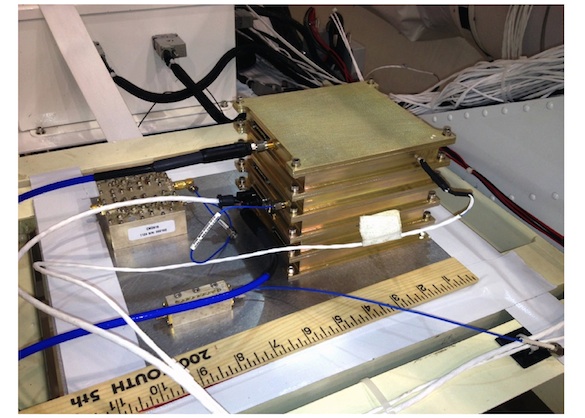Programmable Ultra Lighweight System Adaptable Radio (PULSAR)
PI: Arthur Werkheiser, NASA/Marshall Space Flight Center
PI: Arthur Werkheiser, NASA/Marshall Space Flight Center

- TA05 Communication and Navigation
Software Defined Radio (SDR) technology has been proven in the commercial sector since the early 1990's. Today's rapid advancement in mobile telephone reliability and power management capabilities exemplifies the effectiveness of the SDR technology for the modern communications market. In contrast, presently qualified satellite transponder applications were developed during the early 1960's space program. Programmable Ultra Lightweight System Adaptable Radio (PULSAR, NASA-MSFC SDR) technology revolutionizes satellite transponder technology by increasing data through-put capability by, at least, an order of magnitude. PULSAR leverages existing Marshall Space Flight Center SDR designs and commercially enhanced capabilities to provide a path to a radiation tolerant SDR transponder. These innovations will (1) reduce the cost of NASA Low Earth Orbit (LEO) and Deep Space transponders, (2) decrease power requirements, and (3) a commensurate volume reduction.
Also, PULSAR increases flexibility to implement multiple transponder types by utilizing the same hardware with altered logic - no analog hardware change is required - all of which can be accomplished in orbit. A sub-orbital flight will demonstrate successful operation under environmental conditions (space vacuum and launch loads) and will achieve TRL-7.
There have been several inquiries to use the PULSAR 2.3 radio, from across the U.S Government and industry.
Technology Details
-
Selection DateNASA Directed
-
Program StatusWithdrawn
- 0 sRLV
Development Team
-
PIArthur Werkheiser
-
Organization
-
SponsorNASA

